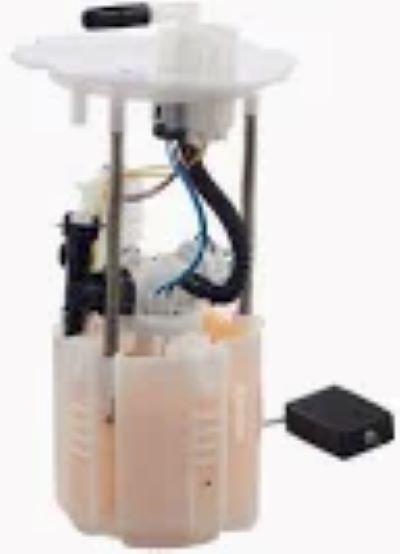Stumbling: A big sign that a fuel pump is dying is the inability to keep up with engine demands under high load and high RPM conditions. For proper fuel delivery, fuel pumps need to maintain an optimum pressure range—usually between 30 and 80 psi. When this pressure falls below one-third operational volume, you might deal with significant power loss and sputtering or stalling at speeds above 60 mph. According to research of the National Institute for Automotive Service Excellence, a 20% drop in efficiency occurs when fuel pumps lose pressure under 30 psi.
This is essential in car therefore to make sure that fuel pump is bad there are more symptoms and most common of them is the starting problems; As a pump ages, it could be weak and not build enough pressure to start; causing hard or no starts. This symptom is common with many vehicles that have over 100,000 miles due to the fact internal pump parts such as the rotor or valves can wear. Fuel Pumps: Industry reports say fuel pumps should be replaced around 100k miles, especially if maintenance intervals weren't followed.
Whining or buzzing sounds from the fuel tank are often a sign of issues with the fuel pump. It usually is a result of limited fuel flow, be it sediment or deteriorated pump components. Auto professionals like those from AutoZone say drivers should keep an ear tuned for any new sounds while driving, especially when the tank level is low since that can increase pump stress. Failure to heed these sounds can lead to complete failure, necessitating an immediate change.

Low gas mileageFuel pump failure generally precedes a sudden decrease in miles per gallon If the pump provides less fuel than normal, the engine consumes more to satisfy its power demand; this leads an efficiency drop of up to 10%. Untreated symptoms cost up to $1000, and studies show that premature giving has something to do (if even unprovable) with the low-end gasoline.Firebase console link I gave earlier.
Another sure sign that your fuel pump is failing is when it makes your engine stall, especially at high temperatures where the heat causes the vapor pressure of gasoline to rise in the fuel lines and if the pump can't keep up with demand it creates a vacuum in line which will give you a symptom known as 'vapor lock. In hot weather, heat-related stalling is a common malady that causes fuel pump replacements to account for 15% of repair-shop-bill totals in summer months. Filling fuel tanks above a quarter can lower this risk by allowing the pump to stay cool.
Second, if you want more tips on how to recognize and cater these issues of Fuel Pump read at Fuel Pump here you will be helped that what replacement is suitable for your car and some protective steps through which you can keep safe this buzzard silent as early as possible.
